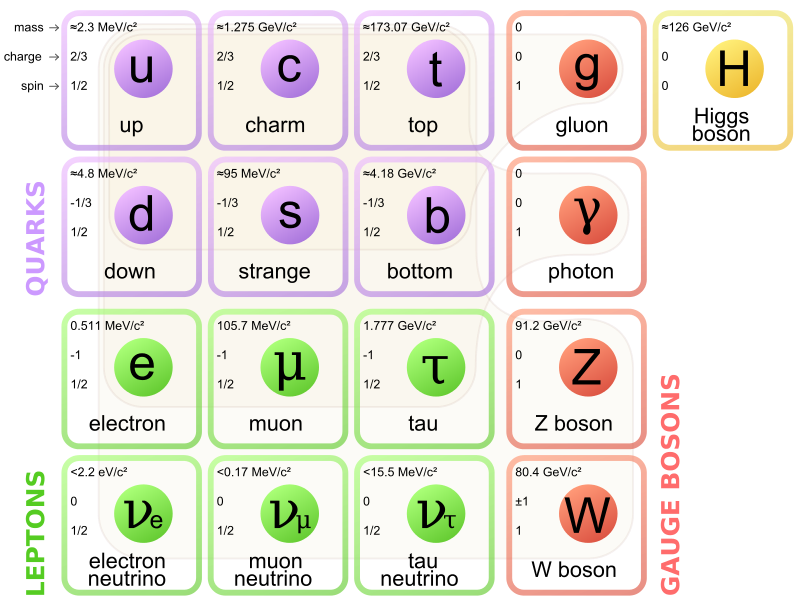 Today is Remembrance Day in Canada.
Today is Remembrance Day in Canada.
Unlike the Remembrance Days of recent years, today is perfect. The Sun is shining, the temperature is going to hit double digits. It is a sparkling, beautiful, almost unnaturally splendid late autumn day.
The combination of exceptional weather and the recent death of Cpl. Cirillo, gunned down last month while guarding the very memorial where Remembrance Day ceremonies will take place, will bring exceptional crowds.
But today is not a day of celebration. It is a day to remember.
To remember the War to End All Wars, which began exactly 100 years ago. Far from ending all wars, it claimed nearly 40 million lives, and redrew the maps of Europe, laying the groundwork for another, even more devastating war less than a quarter century later. To remember all the dead: not just Canadians, not just Allied soldiers, indeed, not only just soldiers but also civilians who suffered and died in even greater numbers.
To remember, for instance, my wife’s great-grandfather, who served in the Austro-Hungarian army at one of the bloodiest fronts of the Great War, along the Isonzo river in present-day Slovenia. His little notebook [in Hungarian] detailing, often in verse, his horrendous experience in the trenches, was found among the papers left behind by my wife’s father when he died.
To remember my great uncle Béla, who taught me to play chess when I was little and who was the first among elder family members who awakened my interest in science and mathematics. Uncle Béla served in both world wars and (if I remember family lore correctly) even spent some time as a POW. A memento, a stringless balalaika, hung on the wall of their tiny, bathroom-less working-class flat in central Budapest, where he lived with his wife, aunt Flóra, until his death.
To remember my grandfather on my mother’s side, whom I never met, as he passed away a year before I was born. He spent some horrendous months as an army engineer near the Don river; he only escaped the devastating defeat of the Second Hungarian Army (and thus, likely death or long-term captivity in Stalin’s gulag) because he was allowed to return to Budapest after contracting pneumonia. Nonetheless, what he went through there probably contributed to his declining health and the massive stroke or brain hemorrhage that struck him just a few years later and left him severely disabled for the last 15 years of his life. He was several years younger than I am at present when his life effectively came to an end.
His wife, my grandmother, was responsible for keeping a family of six (including a newborn baby and two preschoolers, one of them my Mom) alive and fed through the siege of Budapest, when the family spent an entire winter in a basement bomb shelter, even as she herself was coping with illness that nearly took her life.
As I am writing down these thoughts, I am listening to the musical Johnny Johnson, by Kurt Weill. Weill, well-known for his Threepenny Opera, is one of my favorite 20th century composers. He escaped Germany when the Nazis came to power in 1933, to live the rest of his all too short life (he was only 50 when he died) in the United States. It was here that he composed Johnny Johnson, an astonishing anti-war musical. One of my favorite songs has a German and an American priest preaching in canon on the battlefront to their respective troops: one in German, one in English, but preaching the exact same words. But perhaps the most heart-rending scene is at the very end: the protagonist, Johnny Johnson, is now a toymaker selling his “toys for nice little girls and boys” on the street. Unfortunately, nobody is buying: they are more interested in the speech of a politician just a block away, calling for another war.
The title of Johnny Johnson was inspired by the fact the name appeared on United States casualty rolls more often than any other.




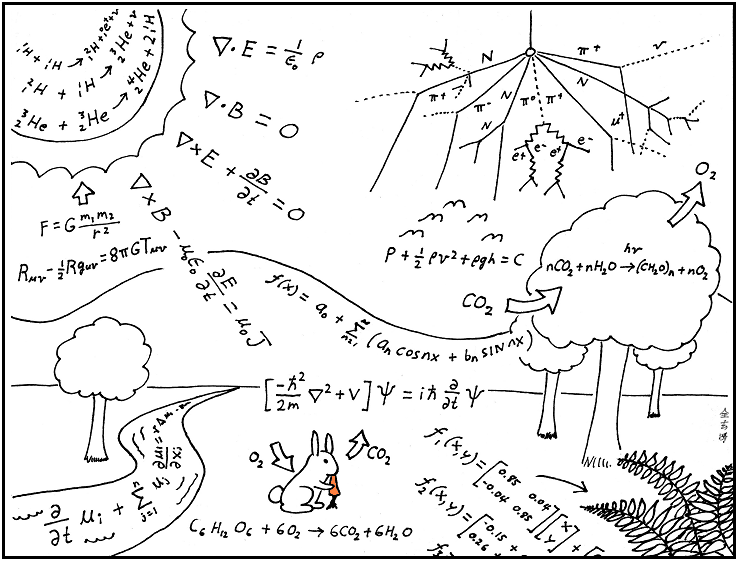
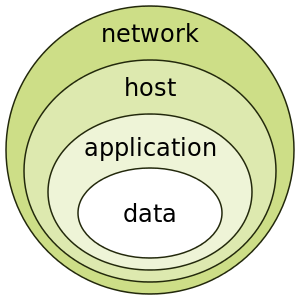




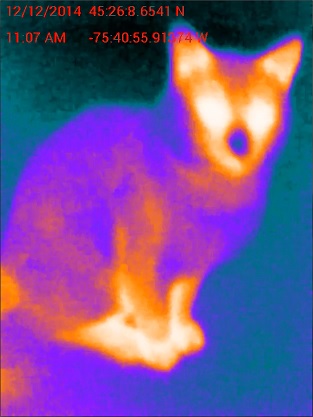
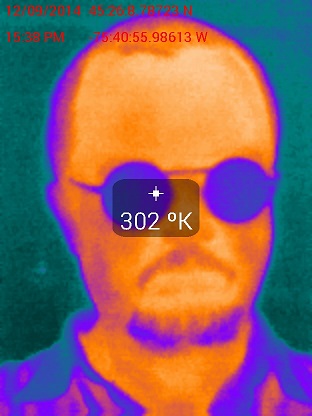




 Today is Remembrance Day in Canada.
Today is Remembrance Day in Canada.

